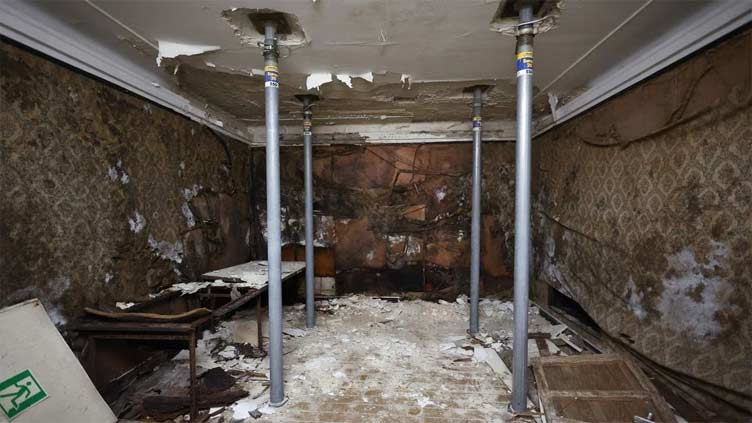Poles get a peek of the past in Warsaw as old streets uncovered

WeirdNews
Central Square will reflect the layout of the old streets that criss-crossed the area until the 1950
WARSAW (Reuters) - Construction work on a flagship new square in Warsaw captured a glimpse of the Polish capital's past when builders uncovered the remains of long-lost streets buried underground.
The Central Square project, due to finish next year, will provide a green space in the city centre and try to capture the vibrant energy of modern Warsaw - with echoes of the past not far away.
Towering over the square is the Palace of Culture, the Socialist Realist high-rise building "gifted" to the city in the 1950s by Soviet dictator Joseph Stalin.
One of Warsaw's most famous landmarks, it was built on the rubble of what was left of Warsaw after World War Two, alongside Parade Square, another relic of communist-era planning, part of which is now being rebuilt as the new Central Square.
/cloudfront-us-east-2.images.arcpublishing.com/reuters/6P4GL2D6SZOWNIHTCMQCW63XQI.jpg)
"Where we are standing, before World War Two, there was a sea of tenement blocks ... and no trace of them was left, or practically no trace because we are digging up the traces in the ground," said local authority spokesperson Mikolaj Pienkos.
Central Square will reflect the layout of the old streets that criss-crossed the area until the 1950s, the city council says.
Builders have uncovered the foundations of the buildings that lined what was once Zlota Street, complete with paving stones and tram tracks around 1.5 metres below ground.
A dilemma for developers is what to do with a stone platform on the site of the new square that was used by communist dignitaries to watch military parades such as the May 1 Labour Day march-past, the most important date in the socialist calendar.
/cloudfront-us-east-2.images.arcpublishing.com/reuters/ZEFGF5WAXFKL7DQP6R3GMEHC3U.jpg)
Building work on the square's development has led to the rediscovery of rooms underneath the platform that were used by senior communist officials and later, following the fall of communism, as a nightclub in the 1990s.
"These rooms were used by the dignitaries so that after speeches they could go and refresh themselves, relax," said Pienkos.
/cloudfront-us-east-2.images.arcpublishing.com/reuters/JYN43MHWERMXDONYPSWHT736JA.jpg)
"During the building work we have a chance to look into this underground space, maybe for the last time. We don't know what its future will be, we are talking to the conservation officer and we are trying to find a compromise between what we want the square to have... and respect for that historical Warsaw."


